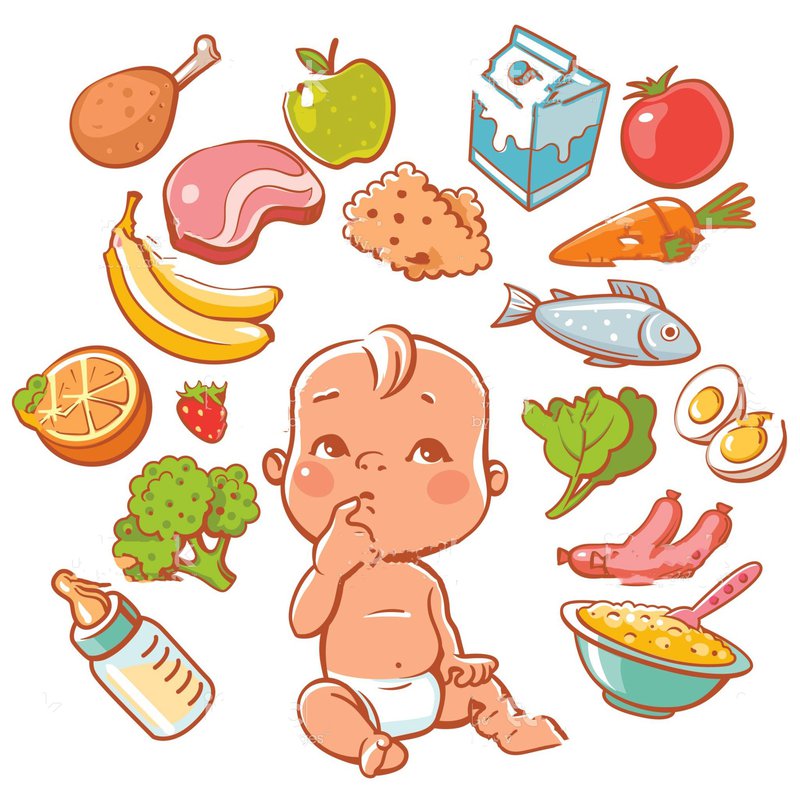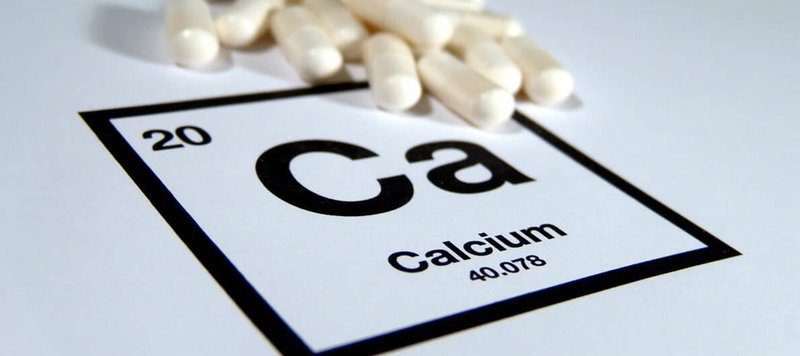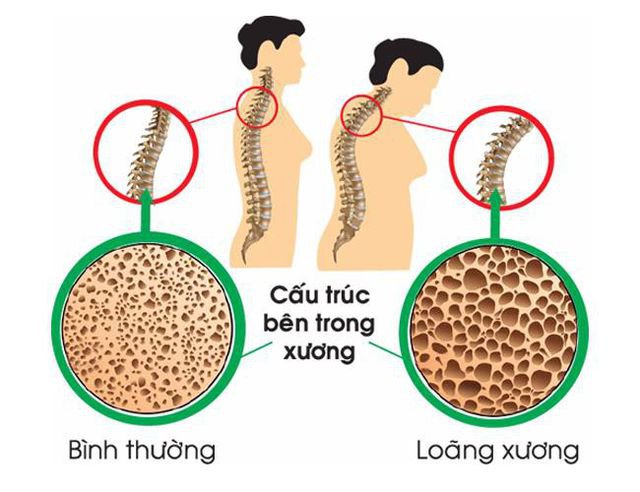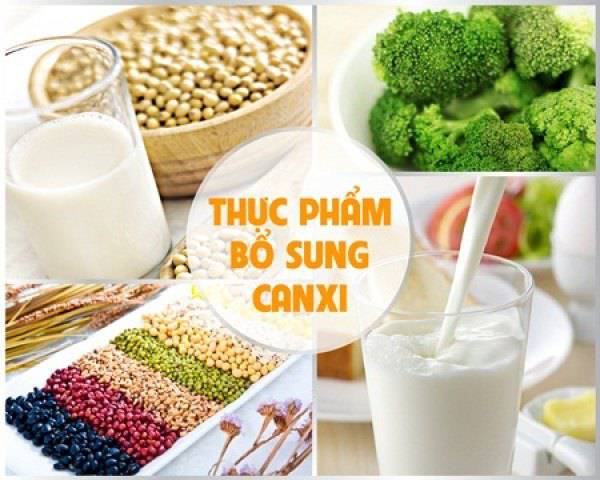Effervescent tablets: What should be noted when using?
This is an automatically translated article.
Currently, effervescent tablets are a popular drug on the market because they contain over-the-counter active ingredients such as paracetamol to help reduce fever, relieve pain or contain vitamins and minerals. However, each form of drug has its own characteristics that users need to pay attention to to avoid unwanted effects.
1. What is an effervescent tablet?
Effervescent drug is a different drug from regular tablets, when used, it should be mixed with an appropriate amount of water and wait for the effervescence to become a solution and then drink. Effervescent drugs are quite diverse and can be used to treat some common diseases, so they are easily abused, such as:
Effervescent drugs containing paracetamol (or acetaminophen) used to reduce fever and pain are very common symptoms in common diseases such as colds, flu, respiratory infections, ... The drug can be combined with both codeine ingredients to increase pain relief. Effervescent drugs containing vitamins and minerals are often bought by consumers to improve health, supplement calcium, ...
2. Advantages and disadvantages of effervescent drugs
The basic feature of effervescent tablets is the ability to convert to a liquid form before use, which brings certain advantages to this drug as follows:
Effervescent tablets are very suitable for patients who have difficulty swallowing or Children, the elderly because these subjects have difficulty in using tablets. Effervescent tablets with the ability to foam and create a solution with a pleasant smell make it more attractive to children to take the medicine. Effervescent tablets when used will be dissolved with a large amount of water, helping when taking the drug to the stomach faster and absorbed faster into the blood, for effective effects. This is a form of increased bioavailability for patients using the drug. Effervescent tablets also help reduce the irritation of the stomach lining of drugs such as aspirin, because before entering the stomach, the drug has been diluted much, not concentrated at a fixed point in the stomach like pills. conventional compression.
Besides, effervescent drugs also have some disadvantages that users should note as follows:
Effervescent drugs can be harmful to hypertensive patients. The reason is that the effervescent tablet contains a gas-dissolving excipient containing a large amount of alkaline salts (sodium carbonate or sodium bicarbonate), which will increase blood pressure in patients with the disease and are abstaining from salt (in fact, sodium bicarbonate). ). Therefore, people such as the elderly, who often have difficulty swallowing, choose effervescent tablets for easier administration, especially if there is associated hypertension. Effervescent tablets when dissolved in water often form a solution with a delicious taste that is easy to make people use as a beverage. This is dangerous because it can lead to an overdose of the drugs contained in the effervescent tablet, causing unwanted effects. Effervescent tablets need to be stored in a humid environment, which is quite difficult when Vietnam is a country with high humidity. If not stored well, effervescent tablets will produce chemical reactions that reduce quality, even harm because of hygroscopicity.
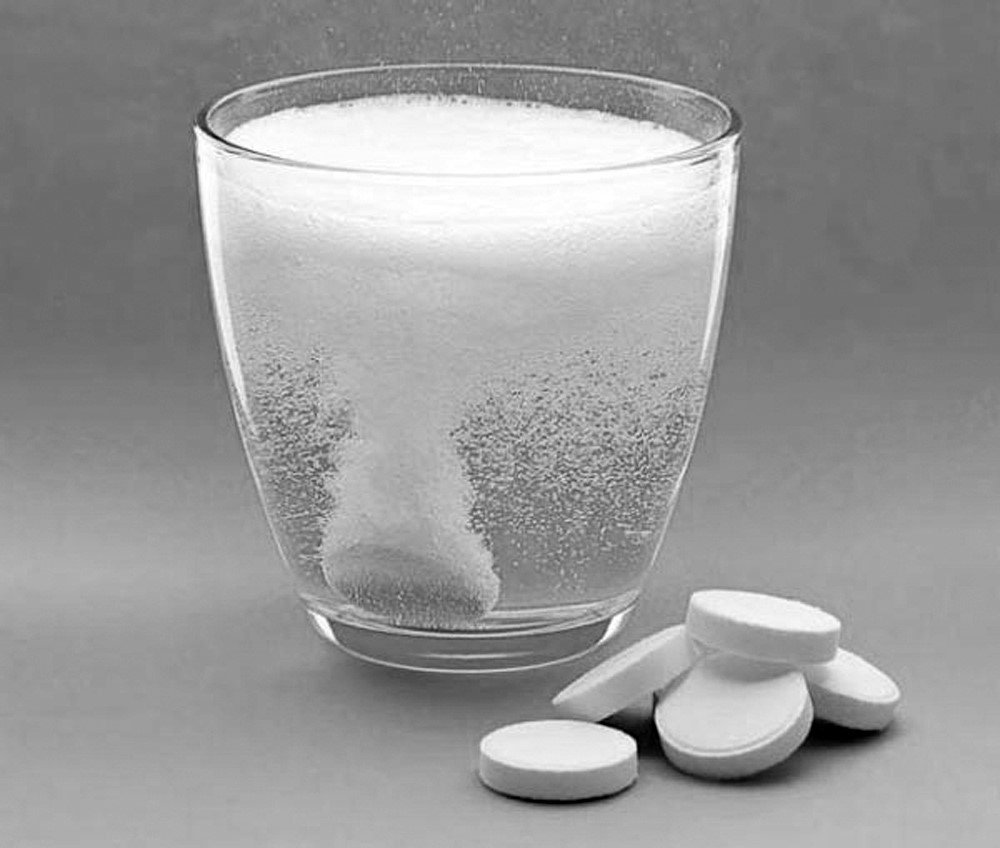
Thuốc viên dạng sủi dễ tan trong nước
3. Some notes when using effervescent tablets
How to use: The best way to use effervescent tablets is to take the whole tablet or appropriate dose dissolved in a glass of clean water, wait for the tablet to dissolve and then use. Pay attention not to break the effervescent tablet and swallow it directly like other common oral medications. Medicines containing vitamin C and calcium should be avoided at the end of the day because they can cause mild irritation leading to difficulty sleeping.
Storage: Avoid direct contact with air by keeping the cap tightly closed and protected from moisture, use only when intact and immediately dispose of moistened tablets.
Do not abuse drugs: Effervescent products that provide vitamin C or calcium are not tonics, so they can still be harmful if users abuse them, such as excess vitamin C causing diarrhea, kidney stones, ... or excess calcium. cause hypercalcemia, constipation, nausea, bone pain,... Effervescent tablets containing analgesics and antipyretics such as paracetamol need to be used according to the doctor's dose and 4-6 hours before being used again, if used. Overdose will damage the liver.
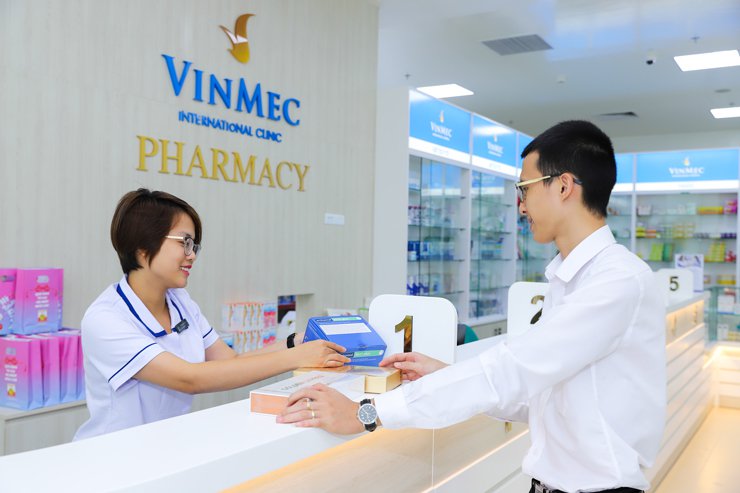
Trước khi sử dụng thuốc hãy hỏi ý kiến của bác sĩ
Objects to note when using effervescent tablets:
People with hypertension: effervescent tablets will increase blood pressure due to the amount of sodium in the excipients. People with kidney stones are subject to need to eat lightly, so the amount of salt created when taking effervescent tablets can make the disease worse. People with kidney stone disease, high calcium in the blood, urine with many stones. The average person should not take more than 1g of vitamin C/day. Use caution when administering UPSA C to pregnant and lactating women. Effervescent tablets to reduce fever and reduce fever should not be used with other paracetamol-containing medicines, because it will cause an overdose. People with a history of stomach, duodenal pain, kidney failure, asthma should not take aspirin UPSA tablets because the active ingredient aspirin can make the disease worse.
Please dial HOTLINE for more information or register for an appointment HERE. Download MyVinmec app to make appointments faster and to manage your bookings easily.
This article is written for readers from Sài Gòn, Hà Nội, Hồ Chí Minh, Phú Quốc, Nha Trang, Hạ Long, Hải Phòng, Đà Nẵng.

